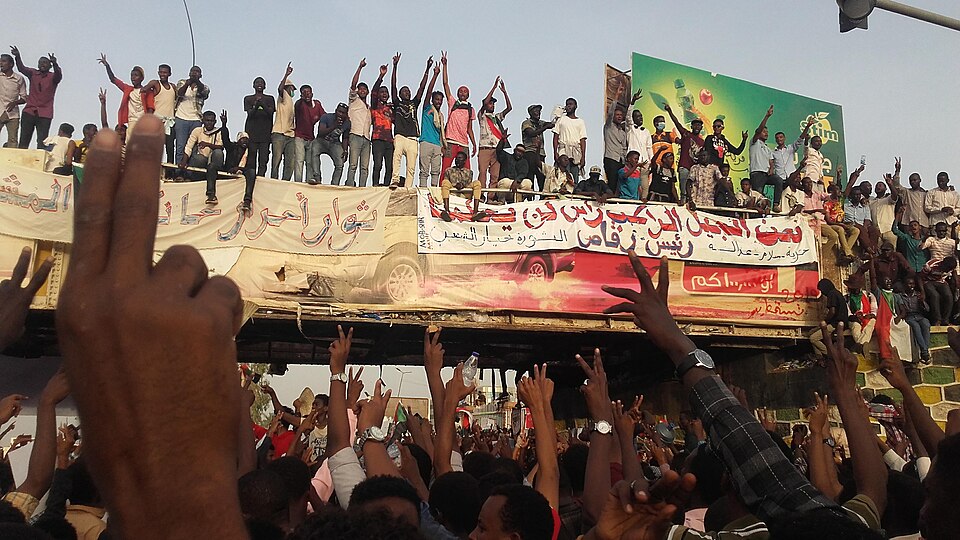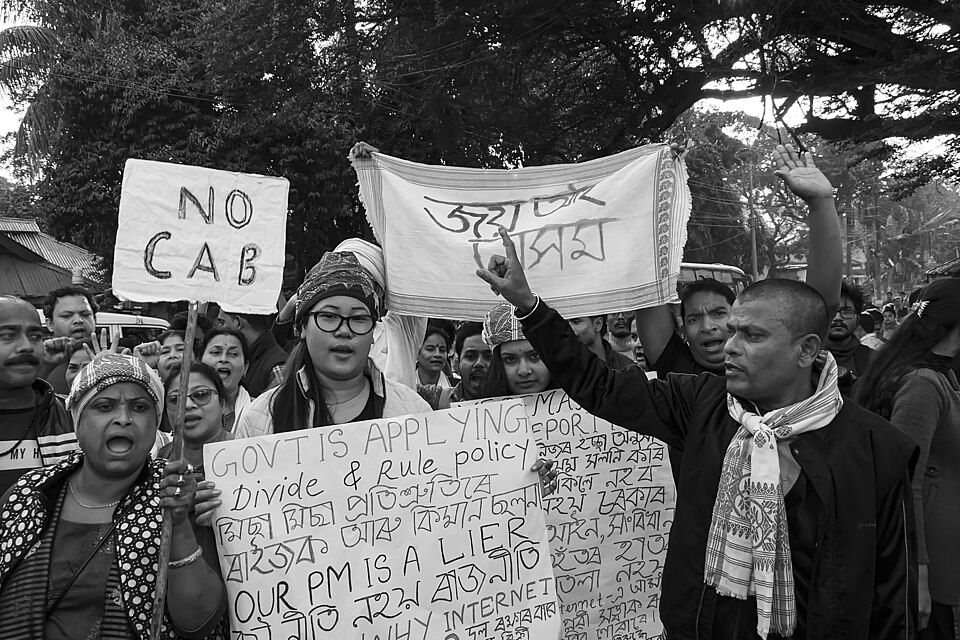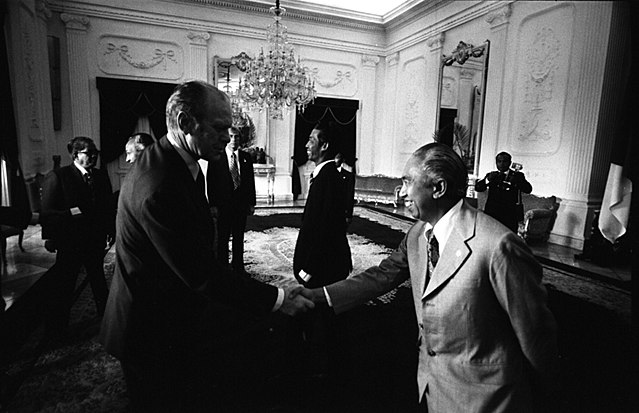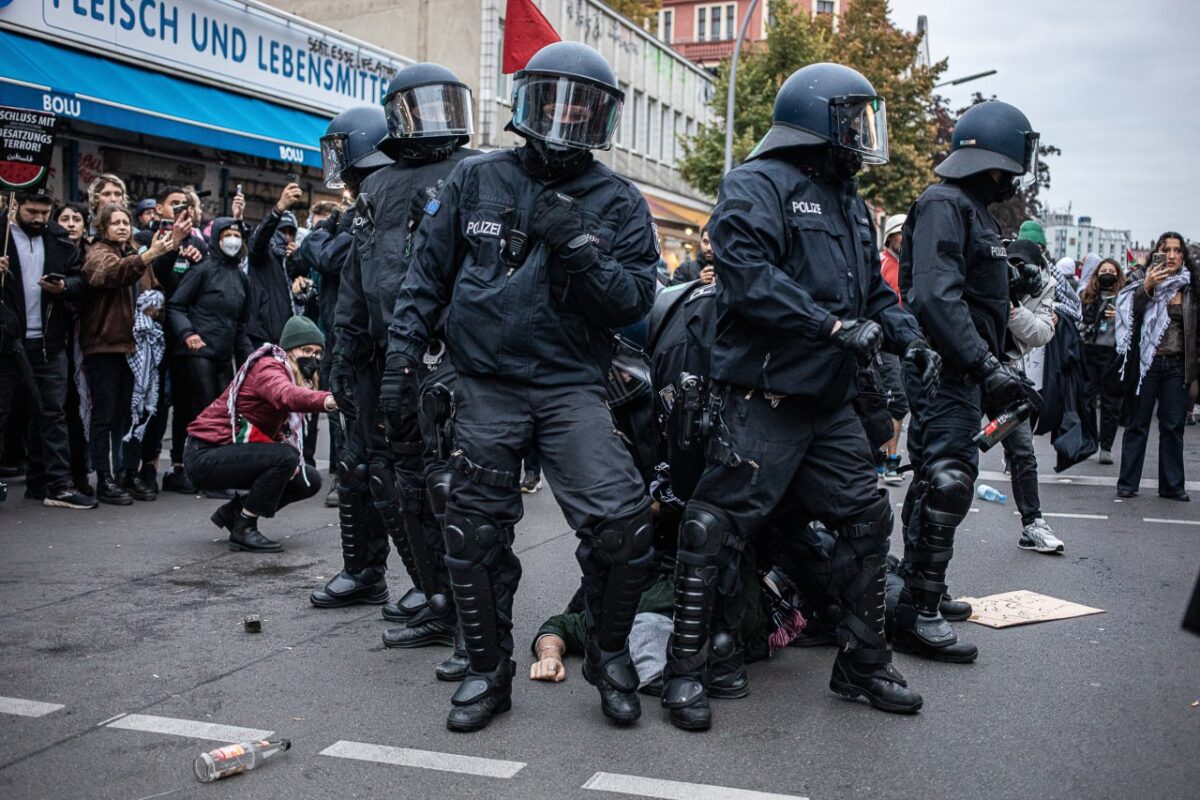In August 2012, South African miners went on strike in the Marikana mine, owned by Lonmin. Lonmin, the successor to the Lonrho firm—which was central to the apartheid economy and had been set up to seize mining rights in neighbouring Rhodesia (now Zimbabwe)—maintained its own police force. Even Tory Prime Minister Edward Heath once called Lonrho boss Tiny Rowland the “unacceptable face of capitalism.”
The strike, which began among rock drillers, was initially denounced as sectionalism by the National Union of Mineworkers (NUM), the official miners’ union, which was closely aligned with the ruling African National Congress (ANC). The NUM’s increased passivity had driven many miners to join the new Association of Mineworkers and Construction Union (AMCU), which used more militant language.
One week into their strike, 3,000 miners held an open-air assembly, where they were surrounded by razor wire and heavily armed police and soldiers. When some workers approached the razor wire, police fired at them with live ammunition. Many were shot in the back while running away. By the end of the day, 34 miners were dead. Others were arrested and beaten in prison.
After the event, Lonmin management solicited Cyril Ramaphosa, one of their directors, to coordinate “concomitant action” against “criminal” protesters. Ramaphosa had once been a courageous union leader and a leading militant in the ANC. By the time of the massacre, he owned 23% of Lonmin and 100% of McDonalds South Africa. He is now South Africa’s president.
The South African state charged 270 mineworkers with the murder of their own workmates under the “common purpose” law. A National Prosecuting Authority spokesperson said, “When people attack or confront [the police] and a shooting takes place which results in fatalities… suspects arrested, irrespective of whether they shot police members or the police shot them, are charged with murder.”
South African miners were no strangers to repression and injury. They had been at the forefront of the fight to overthrow Apartheid and had regularly come into conflict with the state. Between 1900 and 1993, 69,000 miners died in “accidents” and more than a million were seriously injured. But this time, the men who gave the orders to fire were not white racists, but their old colleagues in the ANC. Many concluded that while apartheid might be gone, capitalism still rules South Africa.




